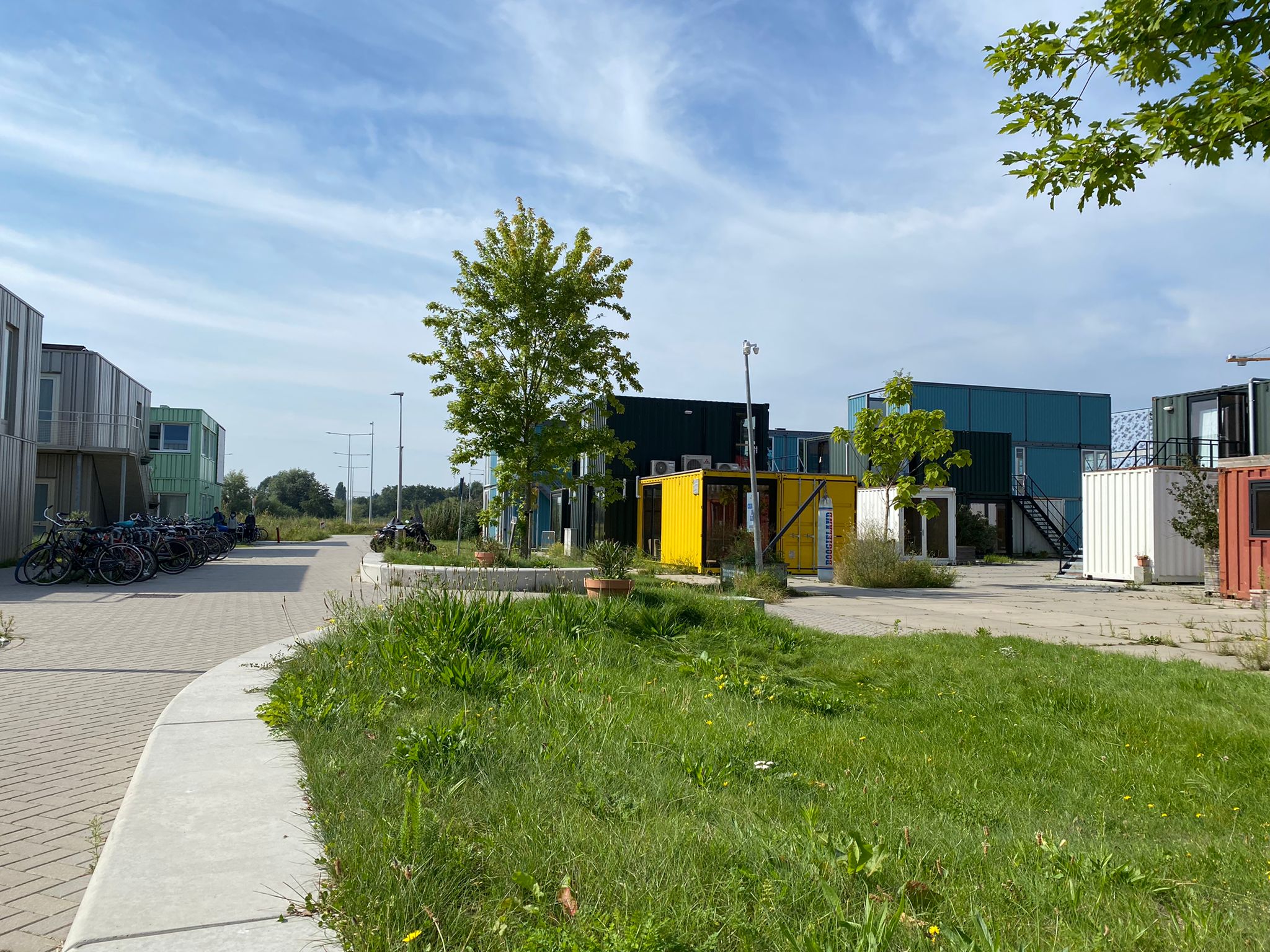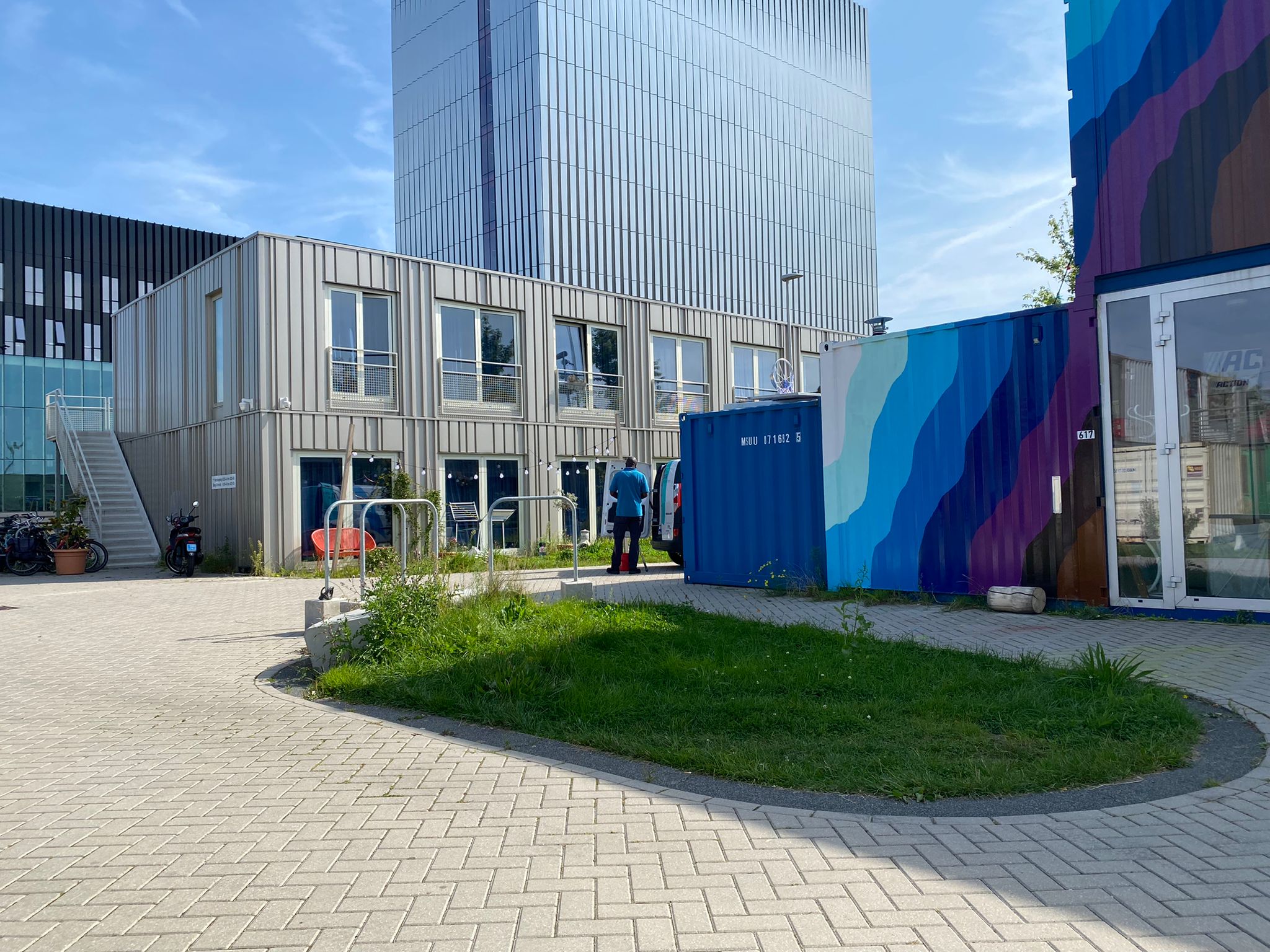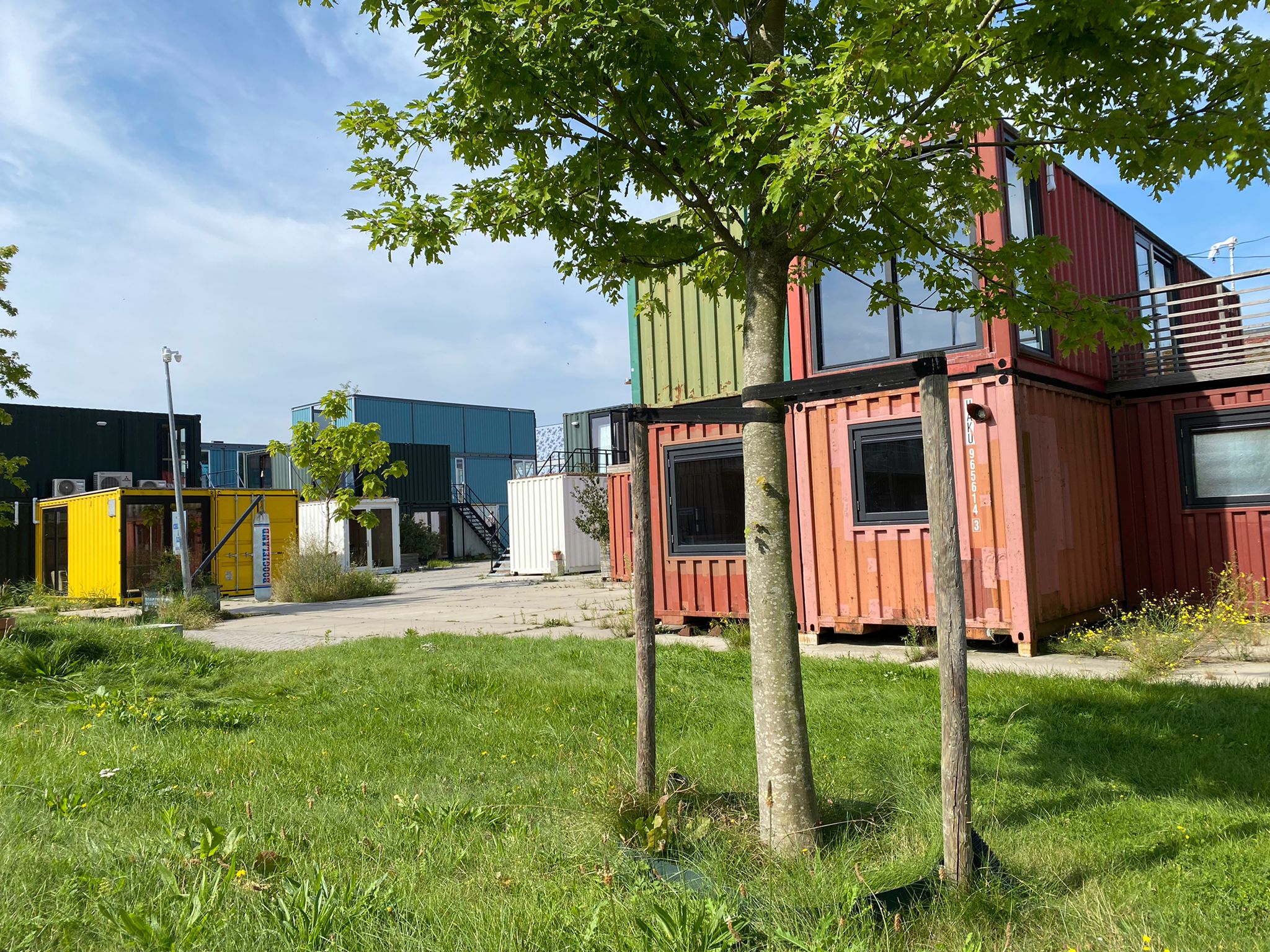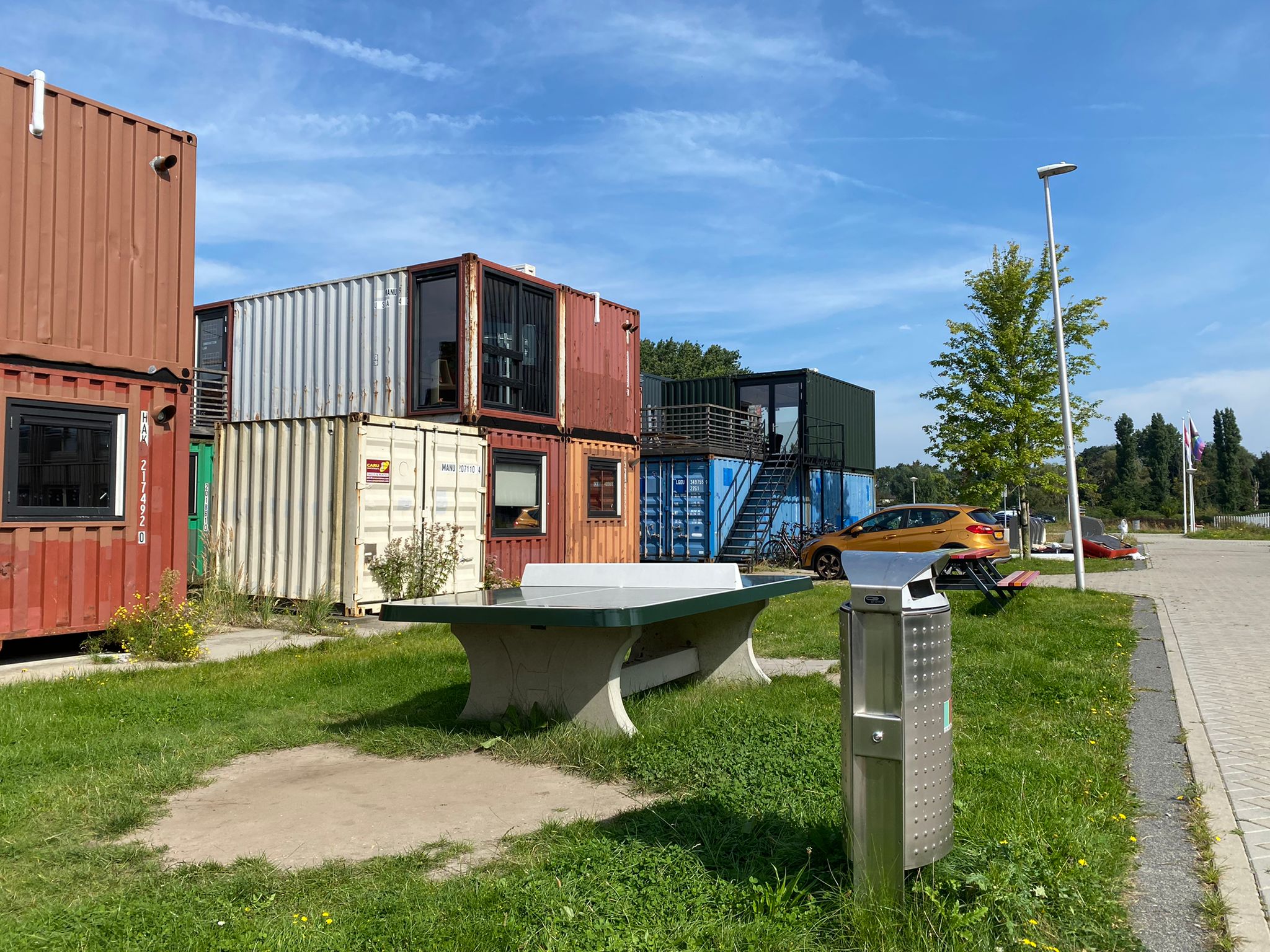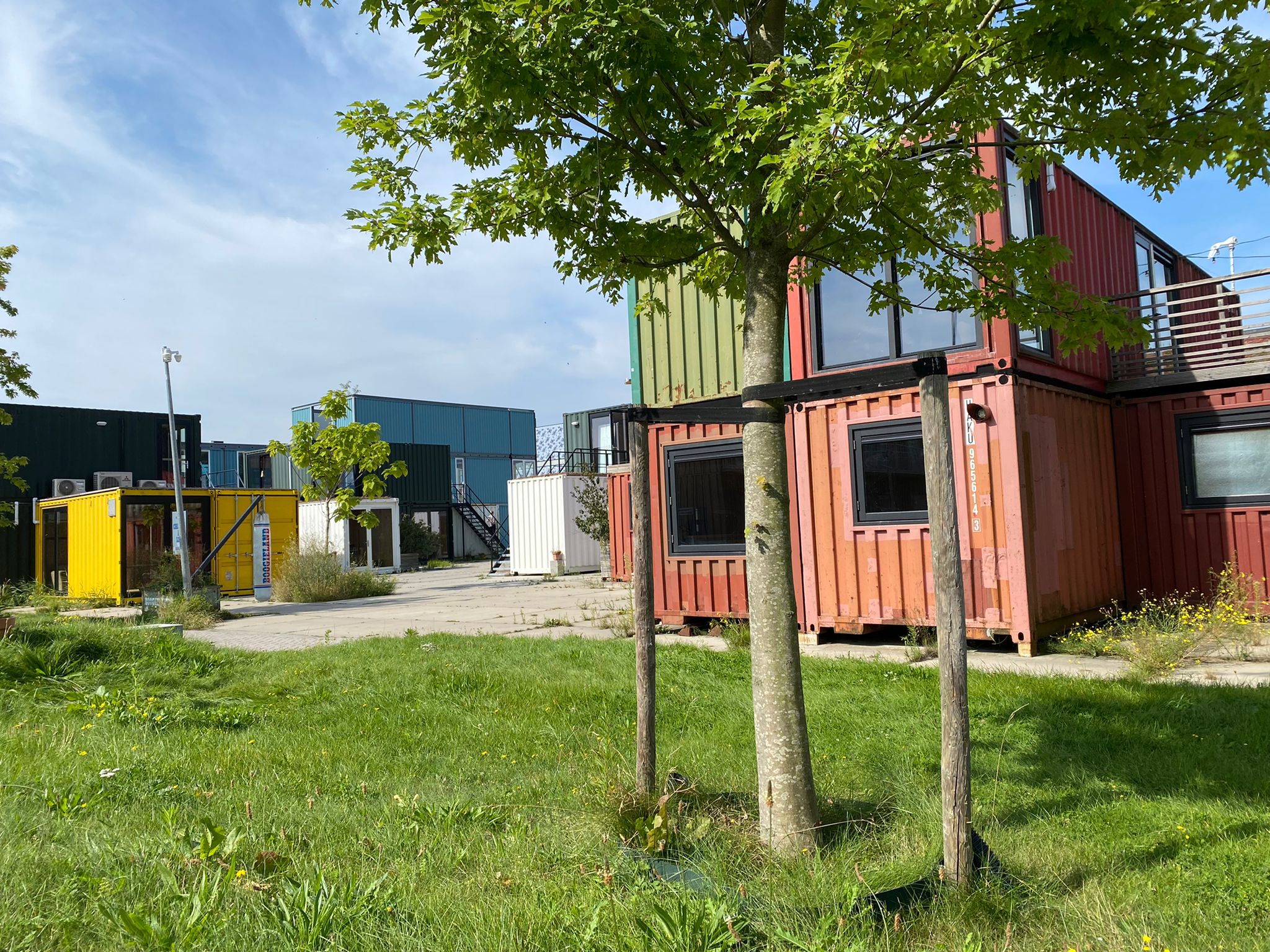Over a five-month period, the pilot team at Waag supervised a group of students from the Amsterdam University of Applied Sciences in developing a digital mapping tool for the Pilot. This involved a number of explorations of the ASP to understand the user experience, after which the students tested various machine learning models and developed a prototype application that will be used during the pilot.
Key discoveries
Working with a group of typical béta students, it was interesting to note how a mapping tool for biodiversity was initially hard to grasp for them. They did not identify with the ‘needs’ outlined by the pilot, namely to connect with nature. Based on the principle of ‘human in the loop’ processes in algorithm development, the students opened to the concept as the project progressed, learning to appreciate the combination of ‘hard’ data points and subjective labels to create a semantically rich system. This showed us how the ‘need’ for biodiversity and green spaces can develop in people during a project.
The activity showed how a careful process of introduction can make people that have no initial affinity with the topic of biodiversity and ecology grow to engage with this viewpoint, which opens space for the pilot to engage with diverse stakeholders.
The activity builds operational capacity by providing a first version of a mapping tool that combines geotagged observations of biodiversity with subjective labels. This allows us to combine offline walks with generating an online database.
Overall, the activity supports the development of an alternative master plan (mission 3 of the pilot), allowing the pilot to index the living environment and relations between it and users of the park. This is a way to face the ‘challenge’ of complex governance; providing a single interface that can accommodate various perspectives.
- Alternative masterplan
